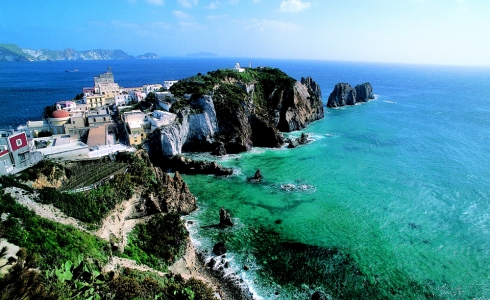



In comparison to other capitals of the world Rome, besides being considered “the eternal city”, is undoubtedly the city with the largest wine production. Only a few kilometers south of Rome the busy cityscape is replaced with grapevines on beautiful hills. For example, there is the famous Frascati DOC and the lesser known zones Marino DOC, Colli Albani DOC and Cerveteri DOC. Lazio has a total of 24 DOC zones.
Although the Lazio region is not exactly flooding the market with wines (besides the Frascati DOC selling quite fine), the entire region, with its historical mixture of popes and princes, is doing fine. In fact, past results are so remarkable that they overshadow present ones.
During the Roman Empire, the ‘Latium’ wines were praised, and even in ancient literature there are countless praises of the wines from the surroundings of Rome, with the Frascati white wine being already an absolute front runner.
After the decline of the Roman Empire as a world power, there was an important development in the history of wine and its background in the church/wine/alcohol cocktail. In the middle age, the popes had wine experts surrounding them, as it was frowned upon and even disqualifying for a résumé not to demonstrate deep knowledge of wines from other parts of Italy and especially from France.
Unfortunately, the French were pretty serious competitors, so what could a business-oriented Pope do then? Of course, in the 17th century, Pope Paul III simply showed the red card and banned very convenient French wines, thus boosting tremendously the domestic market wine sales. Where exactly in the Scriptures the pious Pope found spiritual justification for this kind of excommunication is unknown, but the model would certainly not work in today’s European Union.
Production wise, Lazio occupies the sixth or the seventh place in Italy, and despite the production of white wine (almost 90%), most focus is curiously on the few red wines under IGT. Under the DOC appellation there are surprisingly few red wines. Any self-respecting white wine is based on the Malvasia, Trebbiano or on a mixture of the two varieties, with the most popular types being Orvieto DOC (which extends to the neighboring region of Umbria), Est!Est!Est! DOC, and, of course, Frascati DOC.
Previously, the soft and rich Frascati white wine, with a golden, light amber color, was in symbiosis with the Roman kitchen, ‘cucina romana’. Unfortunately, the wines back then were so delicate and fragile that they found it difficult to cope even with the short journey to Rome, which is the reason they were not exported.
Fortunately, this has changed. The new technique offers bright, clean and balanced white wines, which can easily be exported around the world, the main markets being Germany, UK and USA. There are indications that experts can spot the qualities that a few producers have fostered by using selected clones of the Malvasia grape.
The largest buyer of the Castellli Romani hills wine is still Rome, which is rather problematic. The intense marketing motivates only few manufacturers to raise their standards and shift the focus from consumption to quality wine, so you have to take a closer look to what stands out in Lazio.
However, there are ambitious and serious producers in the hills outside Rome. Thus, in 1999 they established the best wineries in an association called “Le Vigne del Lazio”, with the ambitious goal of raising the quality from medium to high by focusing on quality rather than on quantity.
A travel tip: if Rome’s traffic, chaos and noise are too much for you, it would be a good idea to rent a car and explore the nearby vineyards of the Castelli Romani hills and maybe spice up the visit with a lovely lunch in the countryside – enjoying a cold glass of Frascati DOC.
Read more about the wines from Lazio by clicking i the top menu in the right side.
That Italy in 2011 was the worlds largest wine producer?